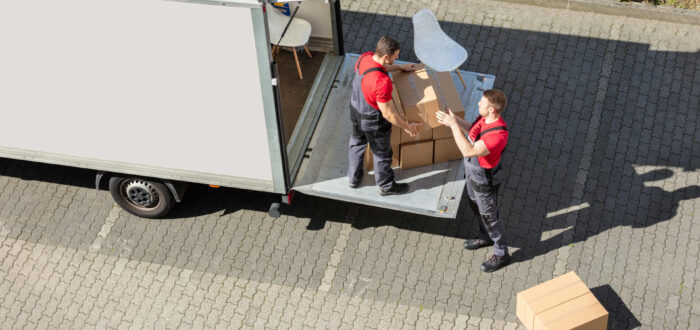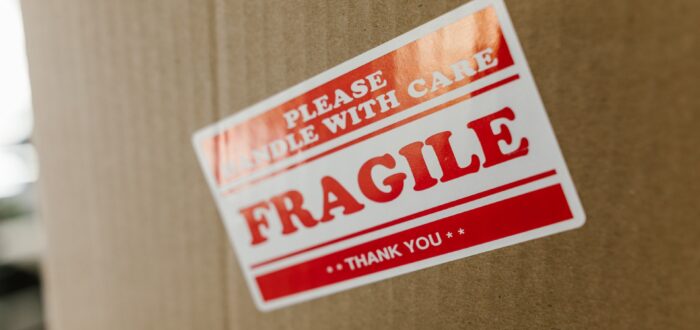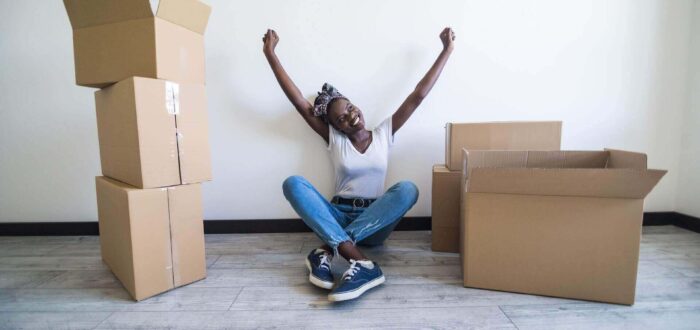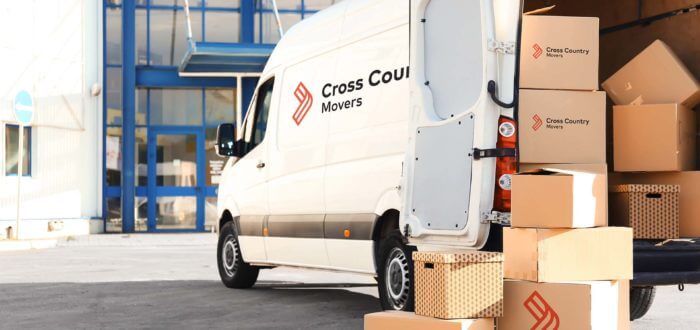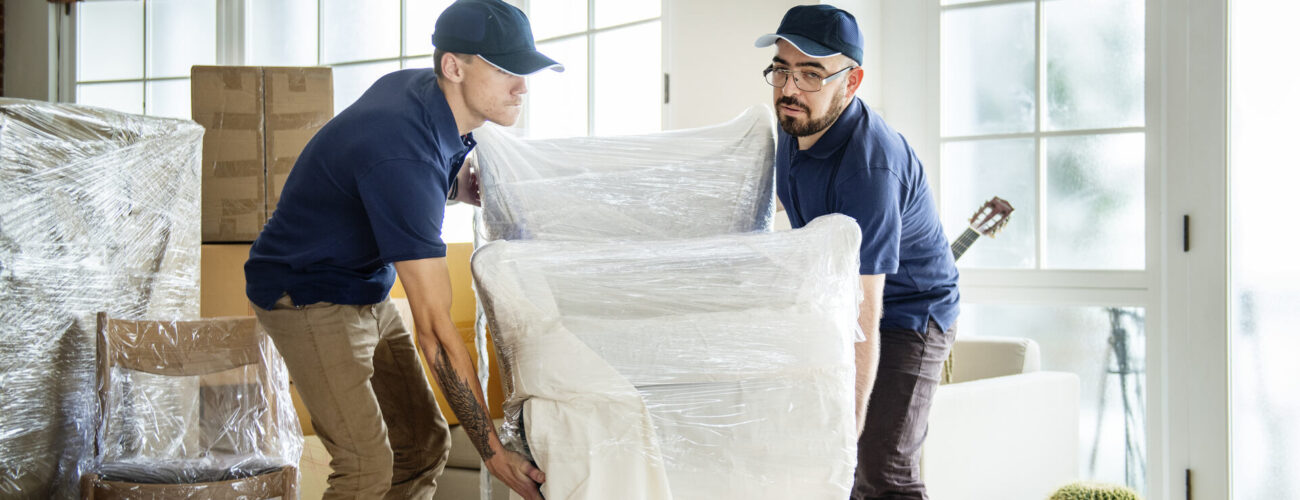

Do Moving Companies Wrap Furniture – What You Need to Know
Posted in Moving Essentials on July 11, 2024
Staring at your beloved couch, wondering if it’ll survive the journey of moving across the country unscathed? We know the question on your mind – do moving companies wrap furniture? Let’s dive into the wonderful world of furniture wrapping and why trusting the pros can save your sanity, as well as the sofa.
The Rapid Fire Question – Do Moving Companies Wrap Furniture?
So, do movers wrap furniture? Of course! They use materials like bubble wrap, stretch wrap, and furniture pads to protect these items during transport. This ensures each and every piece stays safe from scratches, dents, and other damage, making the whole process smoother and stress-free.
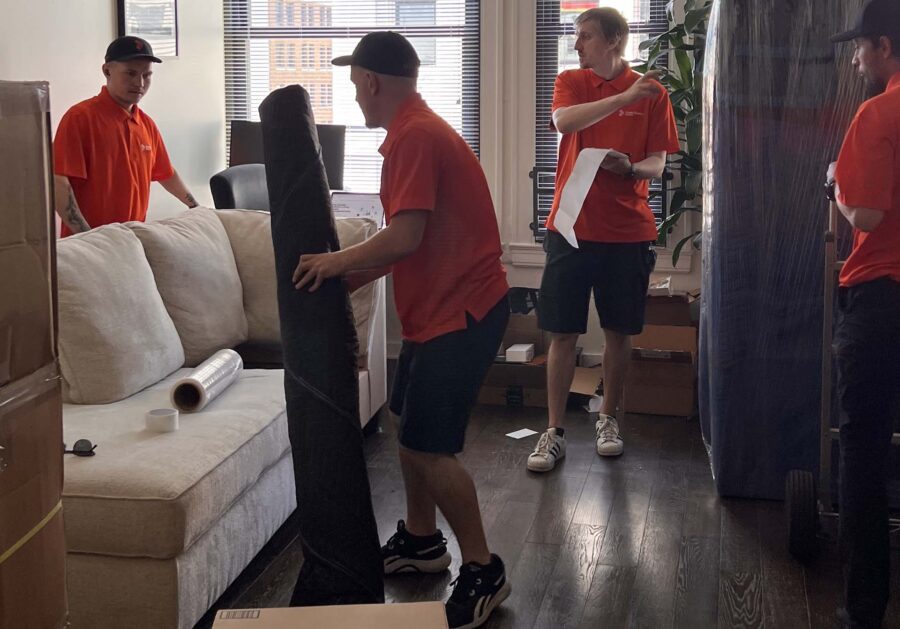
Relocating Can Be One Big Stress-Fest About Protecting Belongings
Moving day preparation can make anyone’s home look like a tornado hit a thrift store. Cardboard boxes piled high, random objects thrown about, and your cat looking at you like you’ve lost your mind.
You’ve got everything from that mysterious box in the attic to grandma’s antiques. It’s pure chaos! No wonder so many people find relocating across the country one of the most stressful parts of life. In fact, over 60% of them think it’s more anxiety-inducing than starting a new job or getting divorced!
Why Is Wrapping Every Piece of Furniture So Important When Moving Cross-Country?
If you didn’t think it was already chaotic, here comes the furniture – it’s big, it’s bulky, and it’s complicated. Dealing with that collection of quirky chairs and that awkwardly shaped sofa you love (but curse every time you move) is no small feat. And that’s before we even get to the dining table, which refuses to fit through any door.
Furniture’s complicated, but it’s super important to know how to protect it because:
- You’ll be able to avoid scratches, dents, and other mishaps on the road,
- Wrapped furniture is easier to handle, reducing the chances of injuries or accidents,
- You will avoid costly repairs or replacements by keeping everything in good condition,
- Knowing furniture is well-protected helps reduce relocation stress and lets you focus on other aspects,
- Proper wrapping keeps it safe from dust, moisture, and pests if it needs to be stored for a while.
Who Wants to Start This Exciting New Chapter With Heartbreak? Exactly!
Imagine starting the adventure in the new city, only to find the favorite armchair looking like it lost a fight with a blender. Heartbreaking, right? The emotional toll of seeing cherished belongings damaged can sure put a damper on all of the excitement. So, let’s make sure that when you start unpacking, it’s all smiles and no tears.

Do Movers Wrap Your Furniture and What Do They Use?
Well, you’re already spoiled on the first part of the question – yes, movers do and can wrap the furniture. But there’s one thing left to clear up – which packing materials they use to work their magic? Here’s what keeps each piece safe.
Bubble Wrap to Keep Things Cushy
Bubble wrap is not only a fantastic stress reliever but also a relocation essential. Movers use it to cushion fragile items, absorb shocks, and prevent scratches. Think of it as a cozy, protective blanket that packs furniture by hugging it, keeping it safe from bumps and bruises.
Stretch Wrap to Protect Against Scratches
Next up, we have stretch wrap, the clingy cousin of bubble wrap. This stretchy plastic film is wrapped around each piece to keep it in place and prevent scratches. It’s like a giant, sticky bandage that holds everything together, ensuring nothing goes rogue during the journey.
Furniture Pads and Blankets to Get the Show on the Road
Furniture pads and blankets are heavy-duty covers that provide an extra layer of protection against scratches, dents, and other potential damage. Movers drape these thick, cushioned pads over furniture, securing them with straps or stretch wrap.
An Inside Scoop on Long-Distance Moving Services
Hiring movers allows you to skip the heavy lifting, avoid the stress, and even find time to enjoy a cup of coffee once the big day comes.
It’s like having your cake and eating it too – except the cake is furniture and cars.
There are plenty of cross-country moving services to choose from, tailoring the journey just as you want it, wrapping and all.
But the biggest perk of all? Full packing services that can quite literally handle everything. They are the ultimate relocation hack. They’ll even bring the necessary supplies! What more can a person ask for?
Long-Distance Movers Can Even Wrap a Car – Well, Not Really, But They Can Transport It!
Professionals such as Cross Country Movers have thought about your prized ride, too. Okay, so they might not literally wrap the four-wheeler in bubble wrap (though wouldn’t that be a sight?). But they can certainly offer car shipping!
Whether you’re relocating from the East Coast to the West Coast or just a couple of states away, they’ll get the vehicle there safe and sound. Because really, what’s a new chapter without that four-wheeled companion by your side?
Just Make Sure You Research and Find Experienced Professionals
Before you hand over the belongings to just anyone, make sure you do the homework. Look for movers with a solid track record and glowing reviews. Also, do a USDOT number check and verify their credentials with the Federal Motor Carrier Safety Administration (FMCSA) if you choose to ship the car.
A little research goes a long way in avoiding relocation scams. With around 17,000 relocation businesses in the country, there are bound to be some rotten apples out there. Do research, and you’ll be able to steer clear of those.

Can You Wrap Furniture Yourself? Here Are Some Tips and Tricks
Of course, everything can be done DIY for those brave enough to take on the challenge! If you’re feeling adventurous and think you can handle this labyrinth, kudos to you. Here are some long-distance relocation tips to make sure each and every piece makes it to the new home in, well, one piece:
- Give the furniture a good wipe-down before wrapping because nobody wants to unwrap dust bunnies once they get to their new home,
- Start disassembling by removing legs, cushions, and any detachable parts,
- Use bubble wrap on delicate areas like glass surfaces or intricate woodwork,
- Wrap stretch wrap around the entire piece to hold the bubble wrap and padding in place,
- Cover larger surfaces with furniture pads or blankets and secure them with tape or stretch wrap,
- Corners are the most vulnerable parts, so make sure they have extra padding to prevent dings and dents.
DIY vs. Professional Wrapping – What’s the Difference?
When it comes to this task, DIY is like a home-cooked meal – it can be satisfying but also a bit of a mess. Professionals, on the other hand, are like gourmet chefs – they know all the tricks to get it just right.
Doing it yourself saves money, but can cost you in time and potential damage if not done correctly. Professionals have the expertise, materials, and efficiency to ensure everything is protected and moved safely. So, while DIY might give you bragging rights, going pro means less stress and more peace of mind overall.
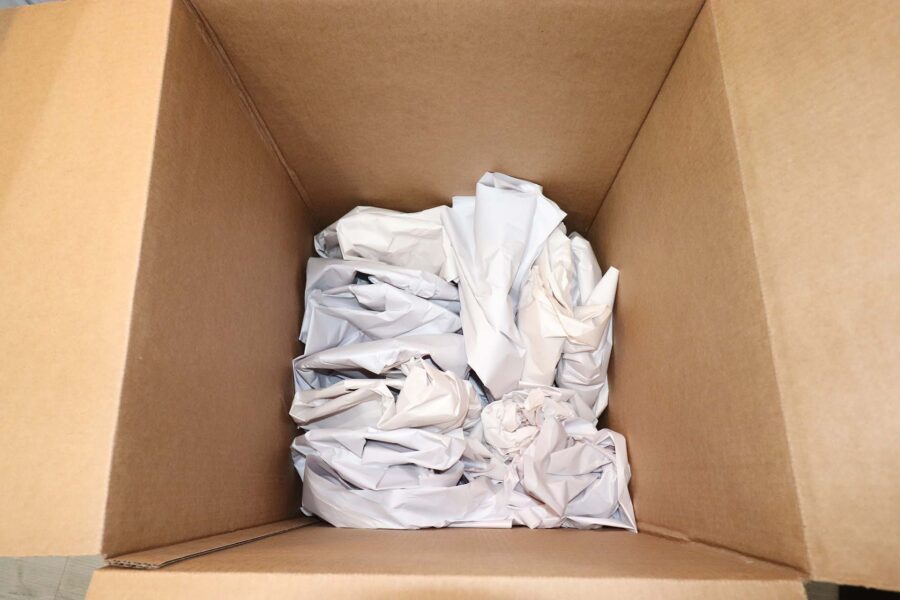
With or Without Movers, You Need to Label Stuff Clearly
Without labels, the boxes can start playing a game of hide and seek with their contents once you arrive at the new place. It’s like unwrapping a mystery present every time you open a box – but instead of delight, it’s mostly frustration.
That’s why you need labels. Clear labeling helps you know exactly what’s inside each box and where it goes, ensuring nothing gets lost in the shuffle. Plus, it saves you from opening five boxes just to find the coffee maker on the first morning.
So, how do you label like a pro? First, grab some colorful markers and sticky labels. Start by labeling each box with its destination room. Next, write a brief list of contents – no need for a novel, just the highlights. Use large, legible writing so you can spot it from a distance. And don’t forget to label the sides of the boxes as well as the top because when they’re stacked, you’ll need to see just what you’re working with!
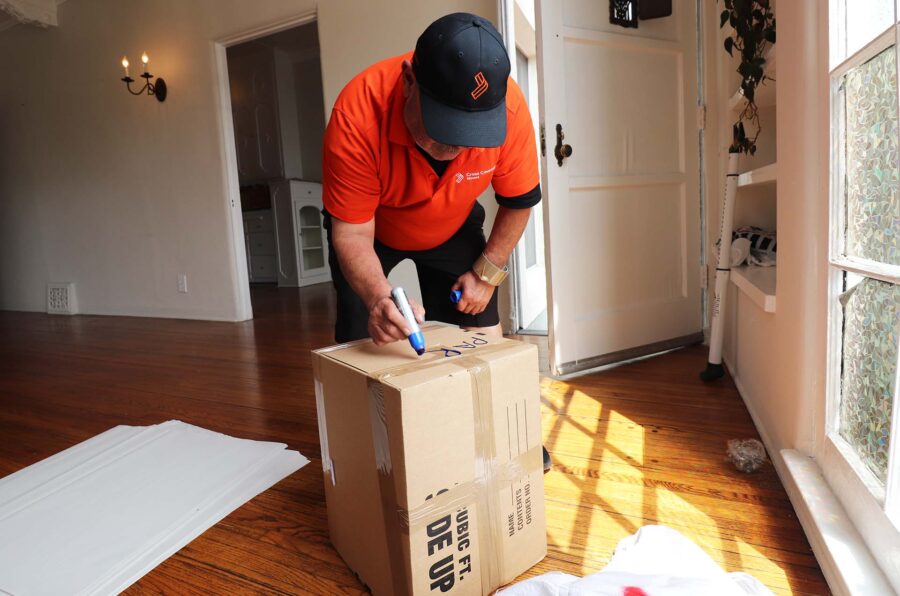
Here Are a Few Common Mistakes to Avoid to Add That Extra Layer of Safety
Mistakes happen – like that time you thought assembling the bookshelf was a great idea until it looked like modern art. But when it comes to relocation, knowing what to steer clear of can help you avoid these mistakes altogether. To finish off our discussion, let’s add that extra layer of safety by dodging some common pitfalls.
The Tightness Trap – Finding the Right Balance
You might think – the tighter, the better. However, beware of the tightness trap, as it can cause damage, like squishing couch cushions into pancake shapes. On the flip side, wrapping too loosely can leave the furniture vulnerable to scratches and dents. The key is to find the Goldilocks zone – not too tight, not too loose, but just right.
Don’t Forget to Consider the Climate You’re Relocating To
Moving from sunny California to snowy Vermont? Or perhaps from humid Florida to dry Arizona? Well, don’t forget to include it in the whole equation. Furniture can be as sensitive as a houseplant when it comes to temperature and humidity changes.
Wooden furniture might expand or contract, while fabric can attract moisture or dry out. Wrapping the furniture with this in mind can save you from a climate shock. Use extra padding for insulation or moisture barriers to keep everything in tip-top shape. All in all, dress each piece appropriately for the weather!

Your Furniture Deserves a Happy Ending, so Let’s Wrap It Up
And there you have it! This task might not be as glamorous as gift-wrapping a present, but it’s certainly more rewarding when that beloved couch arrives in one piece. From bubble wrap to professional movers and DIY tips to common mistakes, you’re now armed with all the knowledge you need to do it like a pro – or at least like a very enthusiastic amateur.
Ready to make the move a complete breeze? Let the experts handle it! With Cross Country Movers, you’ll get top-notch service, professional wrapping, and the peace of mind that everything will arrive safe and sound. Reach out today – because every new chapter deserves a happy, hassle-free beginning.
